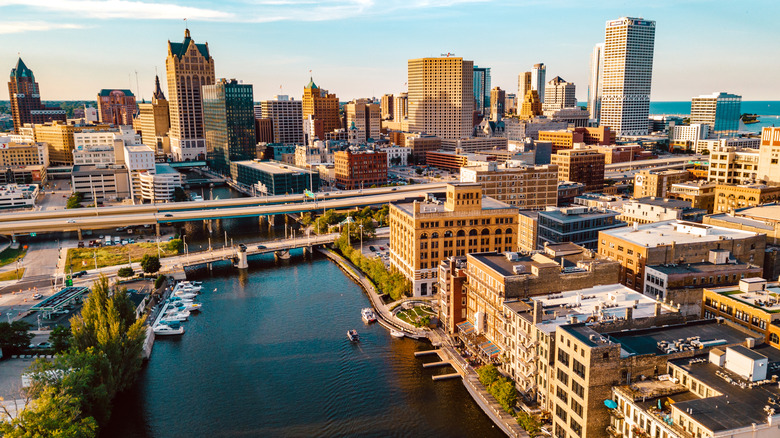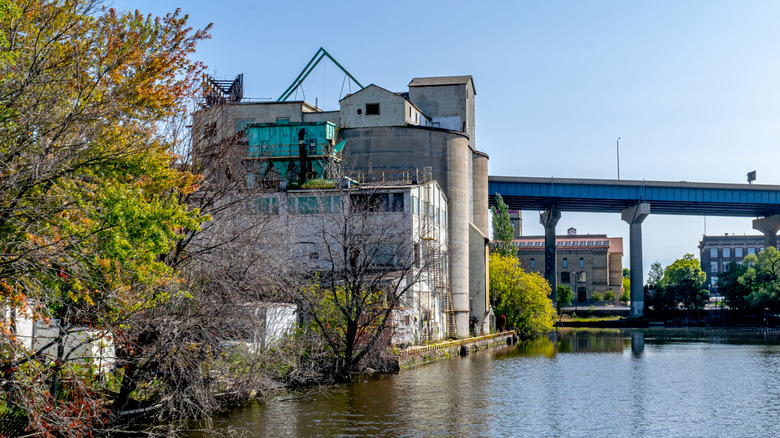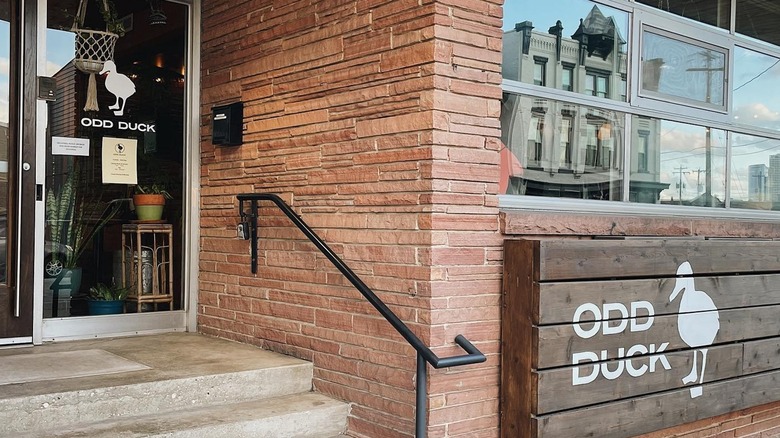Milwaukee has no shortage of neighborhoods. In fact, the city, which is one of America’s most affordable lake destinations, packs in no fewer than 75 of them. That’s quite a feat for a compact metropolis spanning less than 100 square miles. Riverwest, a creative neighborhood known for its eclectic festivals and local art, often steals the spotlight. But Walker’s Point, the city’s oldest neighborhood and a recent foodie favorite, deserves just as much attention. This walkable area sits on the city’s south side, where the Menomonee and Milwaukee Rivers meet. While its heritage dates back to the early 1800s, today it is home to over 8,000 residents. Although Niche.com notes that 74% of residents currently rent their homes, the neighborhood is considered a seller’s market, indicating a higher demand for homes than there are properties for sale.
Some of the neighborhood’s biggest draws are its thriving culinary scene and ease of walkability. Spanning about 1 mile across and 1 mile long at its furthest point, Walker’s Point fits the profile of a “20-minute neighborhood” — places where essentials like schools, grocery shops, and the workplace are all reachable within a short walk. According to Walk Score, the neighborhood hits a “Walker’s Paradise” rating of 94, meaning most daily chores can be completed without a car.
From the heart of Walker’s Point, downtown Milwaukee is just a five-minute drive, a nine-minute bike ride, a 20-minute bus ride, or a 33-minute walk away. Adding to its irresistible charm, the neighborhood is scattered with architecture that dates back to the mid-1800s, an era that saw a mix of styles ranging from industrial factories to grand Italianate homes.
Walker’s Point is Milwaukee’s cultural melting pot
Before becoming the trendy culinary hotspot it is today, Walker’s Point had a fascinating history. Originally home to several Indigenous American communities, the neighborhood was later acquired by Illinois developer George Walker — its namesake — who started developing the area in the 1830s.
Over the following two decades, the neighborhood attracted European settlers and transformed into an industrial hub known for its flour production and leather tanning industries. Things got even more interesting as the city welcomed waves of German immigrants. The area became famous for its brewery scene — an influence still felt today, even though only one large brewery remains. Around the 1920s, a big Mexican population moved in seeking work, bringing with them a rich cultural and foodie presence, vibrant nightlife, and an irresistible charm that still rings through the streets.
Walker’s Point is located 6.4 miles from Milwaukee Mitchell International Airport — a 13-minute drive or 30 minutes via local bus. Though central and well-connected, it’s not particularly known for its lodging options. There are a few boutique apartments available, including the upscale serviced apartments at The Bentley, as well as a couple of stylish hotels. A standout is The Iron Horse Hotel, a luxury property with a classic American feel that pays homage to the neighborhood’s industrial heritage. One drawback is Walker’s Point relatively high crime rates compared to other Milwaukee neighborhoods. Still, with its diverse restaurants, high walking score, good transport networks, and low-priced homes, it appears poised to experience a push in real estate in the coming years.




